
Angles
There are so many ways to add and use funky angles in design projects. An angle with a color-block can be a great way to help add a place for a text element on top of an image or video to help ensure readability. Use a color for the angled element that contrasts with the background and text overlay for a striking visual or use a color that matches the background for a more subtle feel. Another bonus for using angles in the design is that they can help create a distinct eye-tacking pattern from one part of the screen to another to help create visual focus. On a smaller, more vertical screen (such as a mobile device), large angles can even serve a pseudo-split screen purpose and create a way for text and other elements to stack in more vertical orientations. Angles can come in all different degrees and sizes. There aren’t a lot of rules with how to use them. The common factor is that they make the design easier to understand. Alternatively, angles can be an independent design element that really has nothing to do with function or adding a text layer. That’s exactly what Aviaja Dance does with their design. The main use of angles comes from the fun “A” in the logo. It’s the main visual on the homepage above the scroll and is rotated in other locations throughout the design. The next two examples use color-blocked angles.
Dantia uses a small blue angle in the top corner to anchor the logo against video that uses a lot of different colors. This way the logo is always visible. Small triangles are used as bullets throughout the design to further emphasize this shape.
The next two examples use color-blocked angles.
Dantia uses a small blue angle in the top corner to anchor the logo against video that uses a lot of different colors. This way the logo is always visible. Small triangles are used as bullets throughout the design to further emphasize this shape.
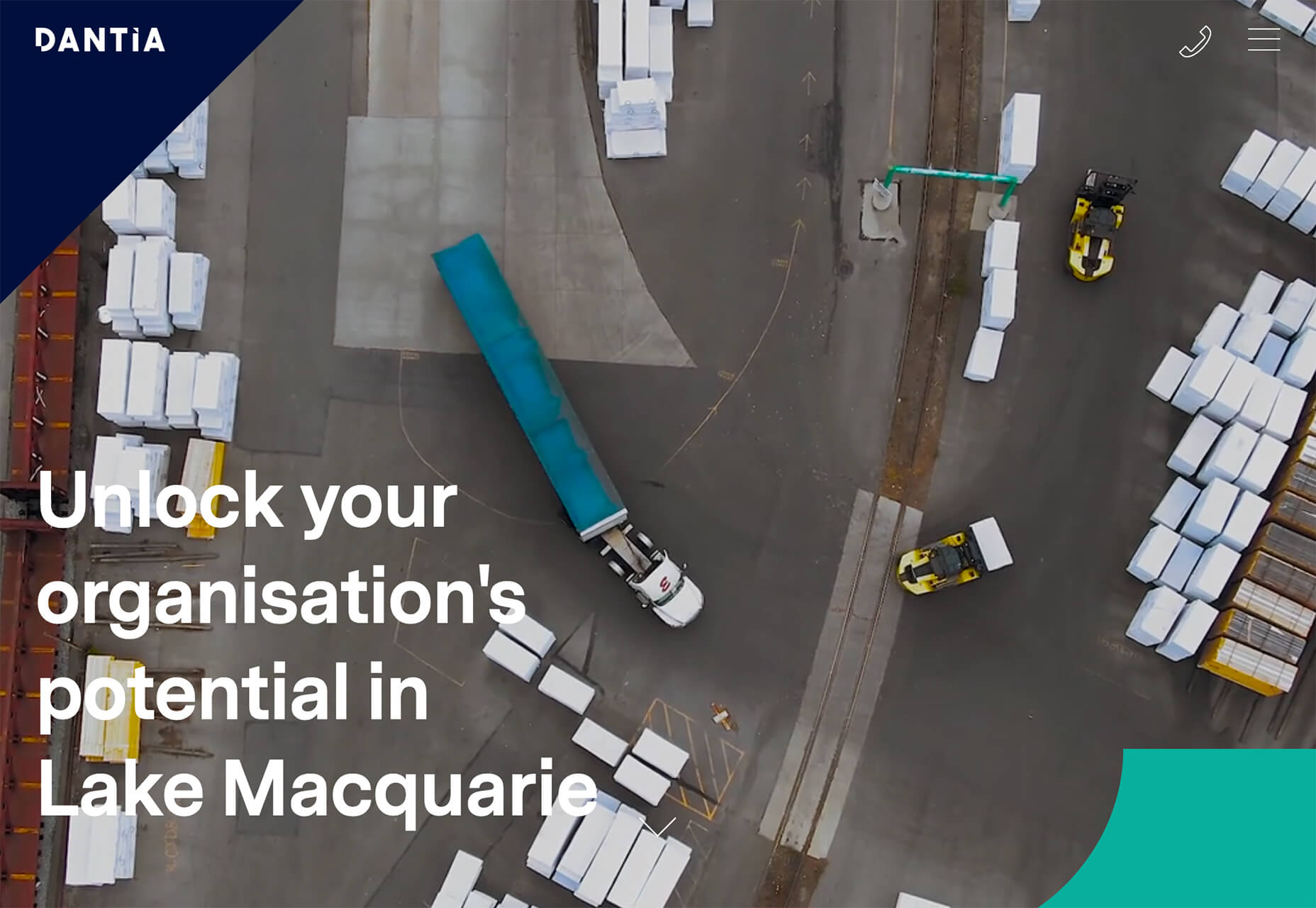 Adige Design uses a large angle in a color that almost fades into the background to almost split the screen in half – part text, part visuals. This is a popular and effective use of an angle to enhance readability and add visual finesse.
Adige Design uses a large angle in a color that almost fades into the background to almost split the screen in half – part text, part visuals. This is a popular and effective use of an angle to enhance readability and add visual finesse.

Overprint Effects
While overprinting is a print design technique, the visual it creates is popping up in plenty of digital projects. It’s a cool look that creates additional colorways and almost always has a funky vibe. When a design uses overprint, one color “prints” over another forming a mixed shade from the two hues. It has a certain elegance because as a print technique, it is often reserved for special projects. That same feel comes through in digital design as well. Sweet Punk uses a fun overprint with a bright orange circle and black and white image to create a lot of contrast in an interesting color effect. What makes it stand out even more is that the overprint slide is just part of a bigger set of moving images. It stands out because of the color choices and technique.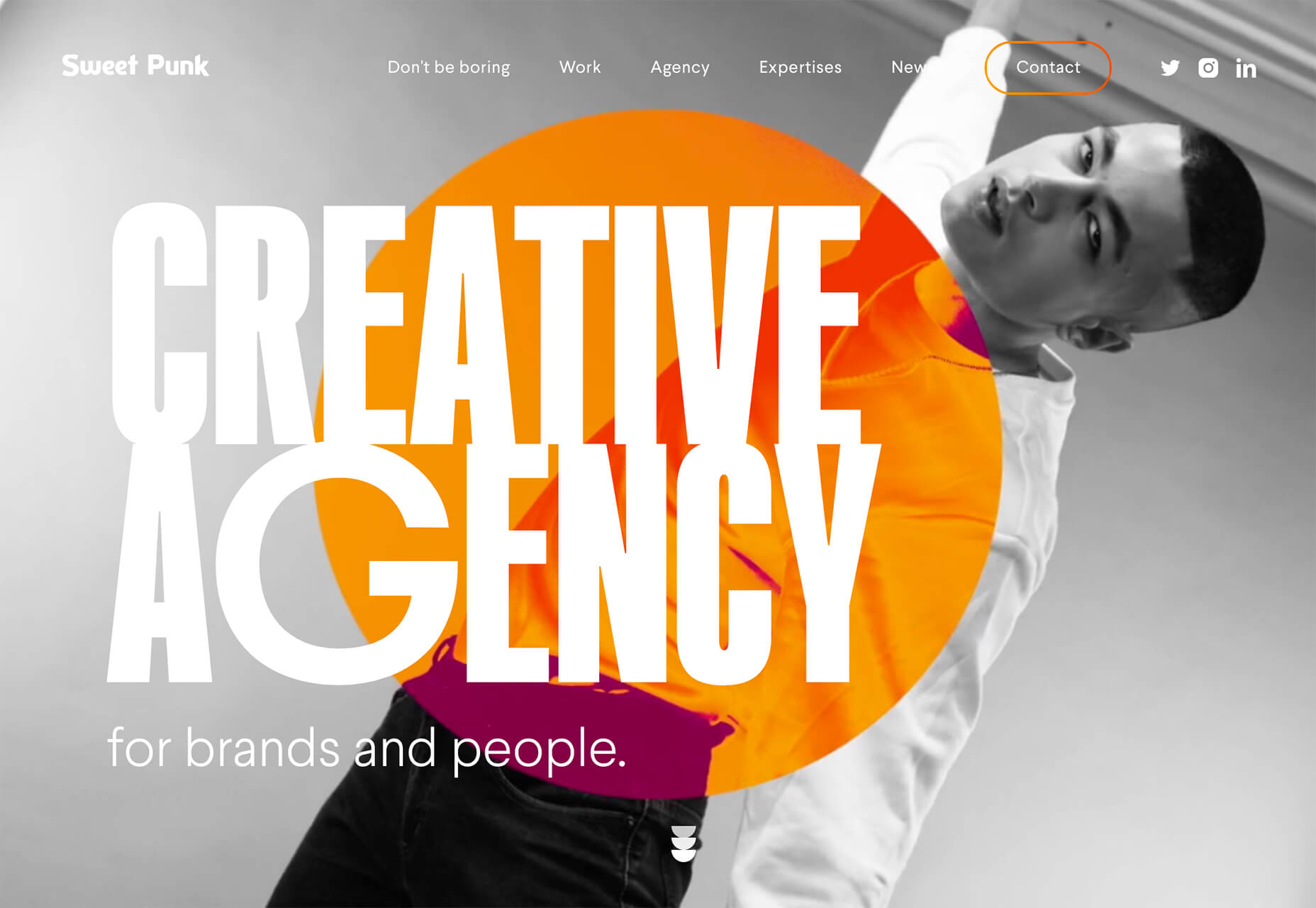 Kriya Konsulting uses a small overprint feature in a graphic to create a focal point away from text. The effect is subtle and with color and lines inside shapes, it gives you a lot to look at. The overprint graphic is just one of many circles on the screen that come together for a full effect. The interest of the overprint area serves as a starting point for the eye, which moves to other circular elements and text on the screen.
Kriya Konsulting uses a small overprint feature in a graphic to create a focal point away from text. The effect is subtle and with color and lines inside shapes, it gives you a lot to look at. The overprint graphic is just one of many circles on the screen that come together for a full effect. The interest of the overprint area serves as a starting point for the eye, which moves to other circular elements and text on the screen.
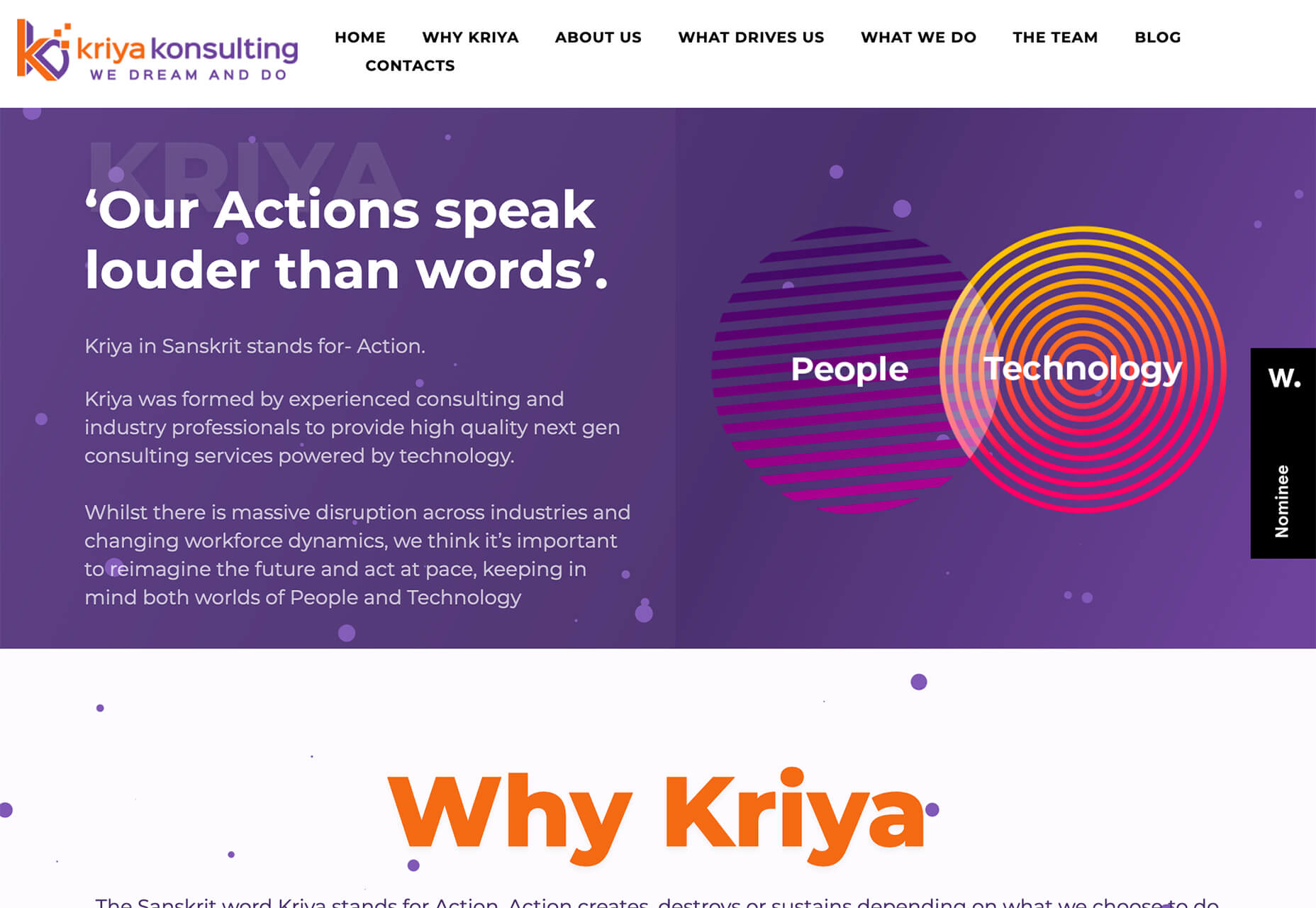 Dystopian Creatives uses an overprint effect in a quick animation as the site loads and then in several locations on the scroll. It’s so subtle that you might miss it if you aren’t looking thanks to a pretty bold overall aesthetic.
Dystopian Creatives uses an overprint effect in a quick animation as the site loads and then in several locations on the scroll. It’s so subtle that you might miss it if you aren’t looking thanks to a pretty bold overall aesthetic.
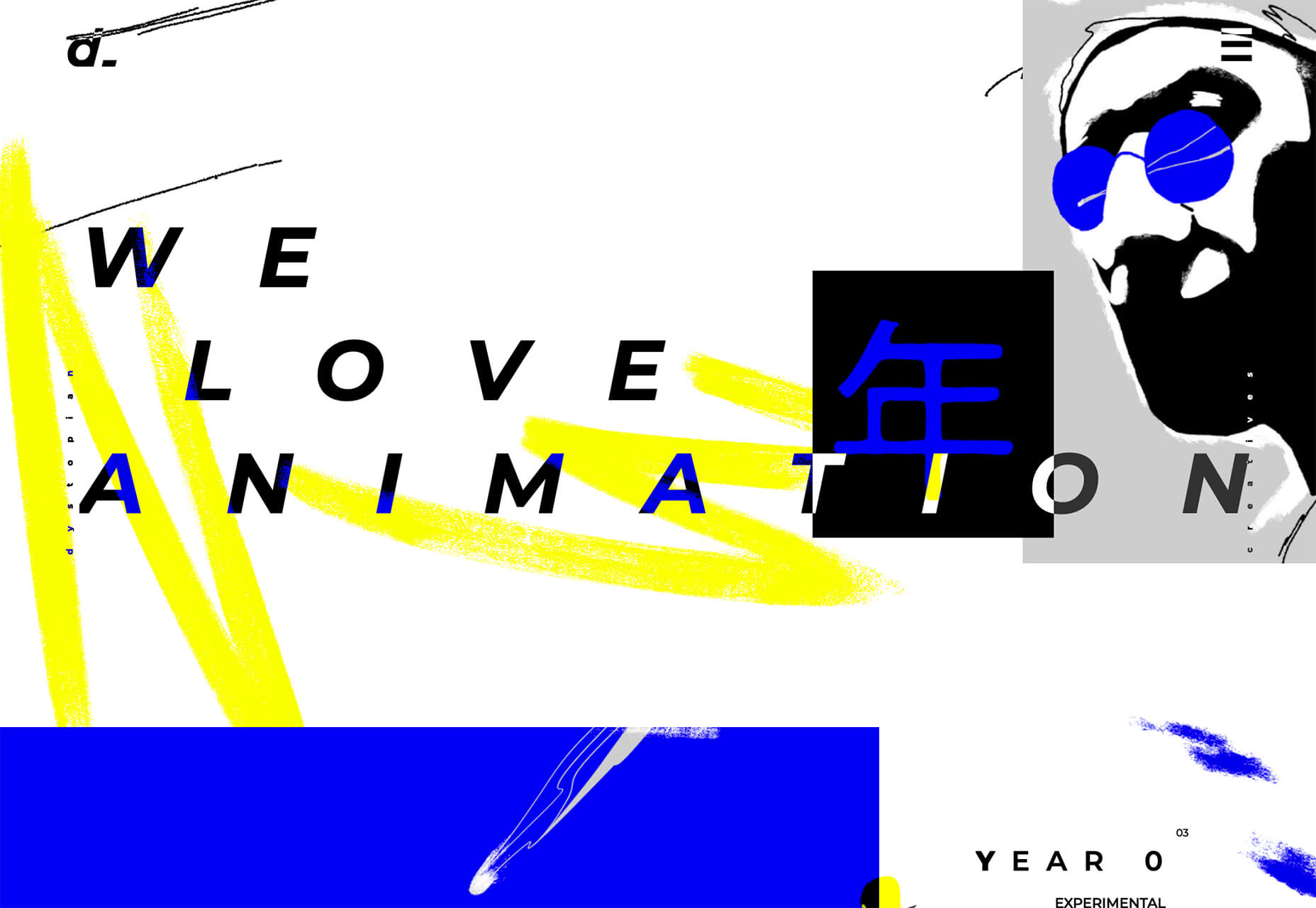
Turn of the Last Century Typography
Tall, skinny, modern-style typefaces are in. Bonus points for using this trend in a way that evokes feelings of the roaring 20s (1920s that is). These font styles seem to mimic media posters from the era. While most of these typefaces fall into the category of modern serif, there are some sans options that create a similar feel. The primary commonality is the use of extremely tall x-heights, and strokes with distinctly variable thick and thin options. Most of these typefaces are rather condensed as well. Note how each of these examples takes a different approach. Better Half uses a modern serif with a dramatic x-height. Note the use of upper and lower-case letters for the headline. It brings attention to the high-drama of the typeface.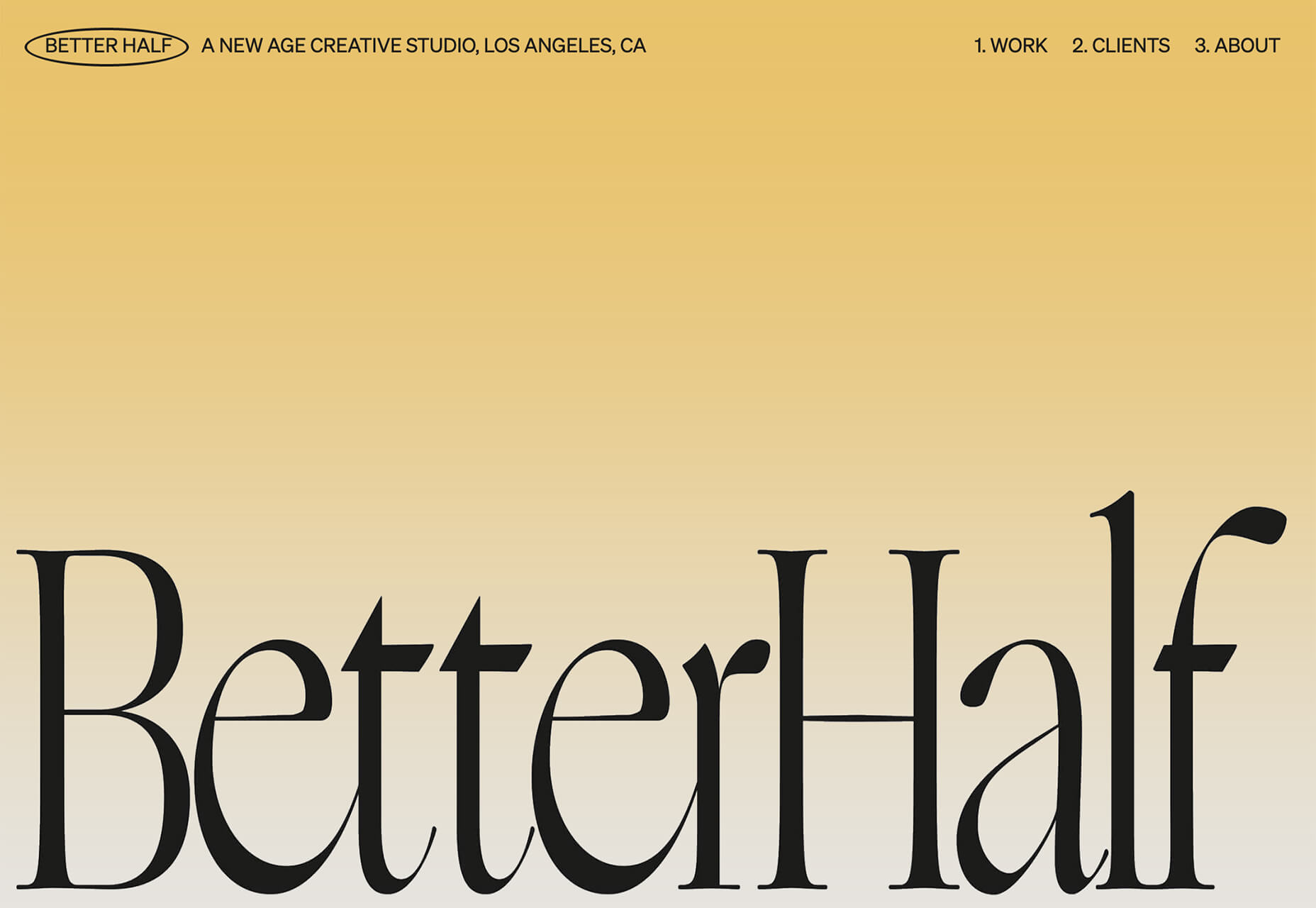 Chiara Luzzana takes the opposite approach with an all uppercase character set and mixes outline and filled lettering. The text is somewhat reminiscent of the title credits from “Stranger Things” with dual throwback vibes to the 1920s and 1980s. (Proof that everything that was popular once comes back around again.)
Chiara Luzzana takes the opposite approach with an all uppercase character set and mixes outline and filled lettering. The text is somewhat reminiscent of the title credits from “Stranger Things” with dual throwback vibes to the 1920s and 1980s. (Proof that everything that was popular once comes back around again.)
 Synchronized Digital Studio goes another way entirely. While the text and design has a similar feel, they do it here with a modern sans serif. Note that the x-height is still quite tall and there are vast differences between thick and thin strokes.
Synchronized Digital Studio goes another way entirely. While the text and design has a similar feel, they do it here with a modern sans serif. Note that the x-height is still quite tall and there are vast differences between thick and thin strokes.
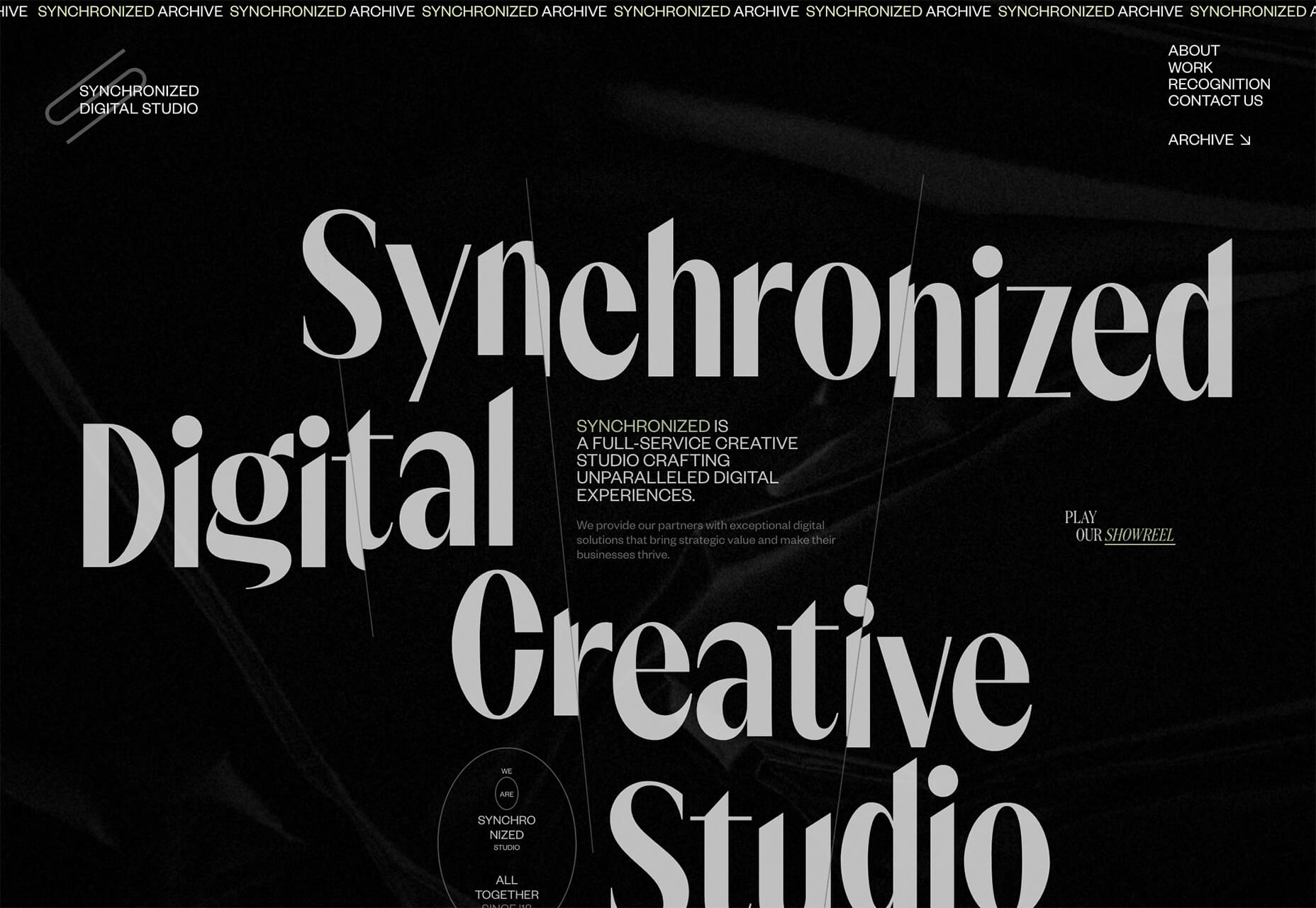 Each of these compact, yet bold typefaces are used to create a dominant visual. That’s the beauty of this style – the typeface is the art thanks to so much visual interest. There’s also the added bonus that these condensed styles allow for higher character counts without getting visually overwhelming. (So, if you need to use a long word at a large size in the main headline, this could be a viable option.)
Each of these compact, yet bold typefaces are used to create a dominant visual. That’s the beauty of this style – the typeface is the art thanks to so much visual interest. There’s also the added bonus that these condensed styles allow for higher character counts without getting visually overwhelming. (So, if you need to use a long word at a large size in the main headline, this could be a viable option.)
Conclusion
Design trends that are fun (and functional) are some of the best. Using angles can make it easier to incorporate text elements that are easy to read, overprint effects add flair and a bit of an old-school feel, and turn of the last century typography feels modern and fresh with a hint of 1920s flair. Any of these design elements can be applied to websites without a complete overhaul and make a great refresh for the dog days of summer and beyond.Carrie Cousins
Carrie Cousins is a freelance writer with more than 10 years of experience in the communications industry, including writing for print and online publications, and design and editing. You can connect with Carrie on Twitter @carriecousins.
Read Next
20 Best New Websites, April 2024
Welcome to our sites of the month for April. With some websites, the details make all the difference, while in others,…
Exciting New Tools for Designers, April 2024
Welcome to our April tools collection. There are no practical jokes here, just practical gadgets, services, and apps to…
14 Top UX Tools for Designers in 2024
User Experience (UX) is one of the most important fields of design, so it should come as no surprise that there are a…
By Simon Sterne
What Negative Effects Does a Bad Website Design Have On My Business?
Consumer expectations for a responsive, immersive, and visually appealing website experience have never been higher. In…
10+ Best Resources & Tools for Web Designers (2024 update)
Is searching for the best web design tools to suit your needs akin to having a recurring bad dream? Does each…
By WDD Staff
3 Essential Design Trends, April 2024
Ready to jump into some amazing new design ideas for Spring? Our roundup has everything from UX to color trends…
How to Plan Your First Successful Website
Planning a new website can be exciting and — if you’re anything like me — a little daunting. Whether you’re an…
By Simon Sterne
15 Best New Fonts, March 2024
Welcome to March’s edition of our roundup of the best new fonts for designers. This month’s compilation includes…
By Ben Moss
LimeWire Developer APIs Herald a New Era of AI Integration
Generative AI is a fascinating technology. Far from the design killer some people feared, it is an empowering and…
By WDD Staff
20 Best New Websites, March 2024
Welcome to our pick of sites for March. This month’s collection tends towards the simple and clean, which goes to show…
Exciting New Tools for Designers, March 2024
The fast-paced world of design never stops turning, and staying ahead of the curve is essential for creatives. As…
Web Tech Trends to Watch in 2024 and Beyond
It hardly seems possible given the radical transformations we’ve seen over the last few decades, but the web design…
By Louise North
















